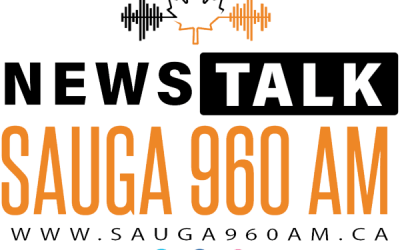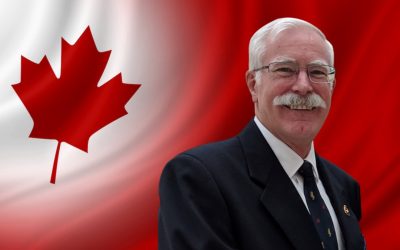Alberta's public sector wage bill has increased nearly twice as fast as the national aver-age over the past decade, according to a new University of Calgary study.
Authors Ken Boessenkool and Ben Eisen also found that provincial civil servants, health workers, university staff and school board employees have pocketed almost all of the Alberta government's rise in revenues over the past 10 years.
"Huge gaps in per employee costs have opened over the last decade," said Eisen, "and it's contributing to the province's deteriorating financial position."
The study, released Thursday, found that the total spent on public sector wages in Alberta increased 119 per cent from 2000 to 2010, compared to 63 per cent in the rest of Canada.
Boessenkool, the recently appointed chief of staff to B.C. Premier Christy Clark, and Eisen, a policy analyst with the market-oriented Frontier Centre for Public Policy, calculated that the total public sector wage bill rose to nearly 45 per cent of government spending from just over a quarter 10 years earlier.
"This just underlines the fact that the Conservative government has been spending like a bunch of drunken sailors," Wildrose finance critic Rob Anderson said. "Until we balance the budget, no public sector worker and no politician should be getting a raise of more than the rate of inflation and we may need to look at imposing a wage freeze."
Liberal finance critic Hugh Macdonald said the province's bonus program for senior civil servants, which was costing up to $44 million a year, contributed to the rapid rise in per employee cost during the past decade. "The public was outraged when we raised it in the legislature," said MacDonald, "and to its credit, the government finally got rid of it."
While the inflation rate in the province over the past decade was 7 percentage points higher than the national average at 29 per cent, the study found per employee wage costs far outpaced that rise in the cost of living. By 2010, the wages and salaries per Alberta civil servant was $83,326, a 103 per cent rise over a decade earlier. The national average only went up 40 per cent.
Guy Smith, president of the Alberta Union of Provincial Employees, said his membership of 20,000 has remained virtually the same over that period and unionized workers have only seen their wages increase in line with that national average.
Smith blamed the escalating per employee cost on the rapid growth in the number of well-paid managers within government. "There's a huge bureaucracy behind the scenes that seems to be growing that is sucking resources from the front lines where the real work of government is done."
In the health and social sector, the study found per employee spending jumped 138 per cent in Alberta, compared to 43 per cent in the rest of Canada, such that the cost of the average worker in 2010 was $79,072. By comparison, the national average was $50,131 and the next highest province was Ontario at $57,892.
Treasury Board president Doug Horner was unavailable for comment, but department spokesman Sharon Lopatka said public sector wages rose rapidly over the decade as the province struggled to recruit and retain the best employees in a tight labour market caused by the booming economy.
"But since then, salaries have been frozen for nonunionized employees for the last two years," Lopatka said. "We recognized that we needed to do some things."
At universities and colleges, the authors found per employee spending on wages and salaries increased by 46 per cent in Alberta over the decade compared to a 31 per cent in the rest of the country. By decade's end, the per employee cost was $64,528, while in the rest of the country it was $50,368.
The per-employee cost at Alberta's school boards increased 38 per cent, twice the 19 per cent increase that occurred in the rest of the country. Over the decade, the spending per worker edged higher than the rest of the country to $56,518, ending up second only to Ontario.
After agreeing five years ago to peg teachers' salary hikes to the average rise in worker earnings, the government and school boards are now in the midst of negotiating a rumoured three-year deal with the Alberta Teachers' Association that is expected to include fixed percentage increases.
ATA president Carol Henderson said maintaining the province's world-leading reputation for education means continuing to pay salaries that will attract the best and brightest to the profession.

